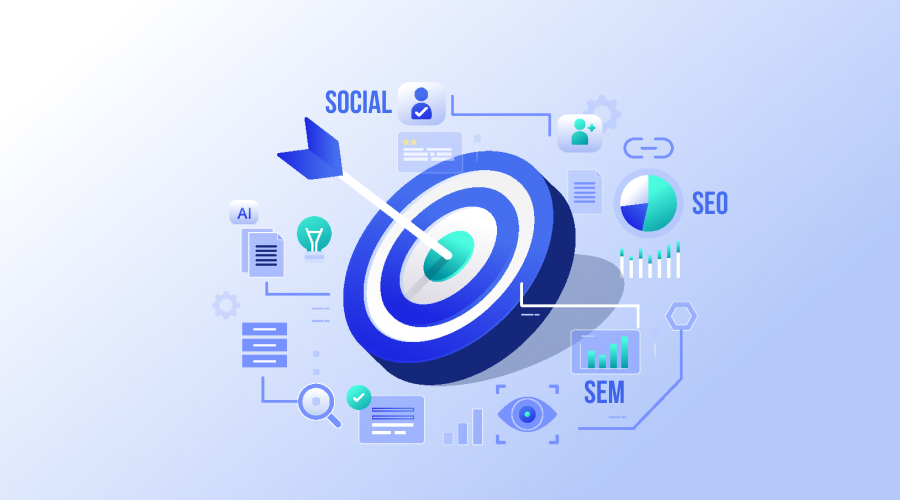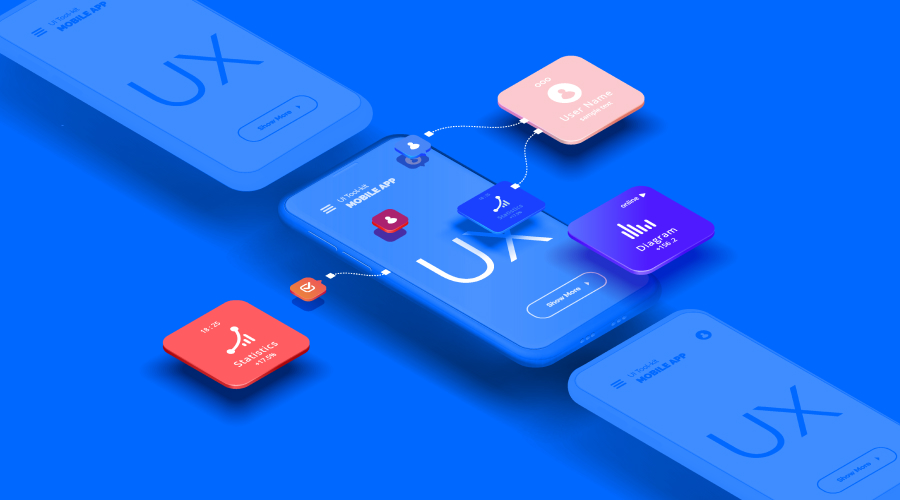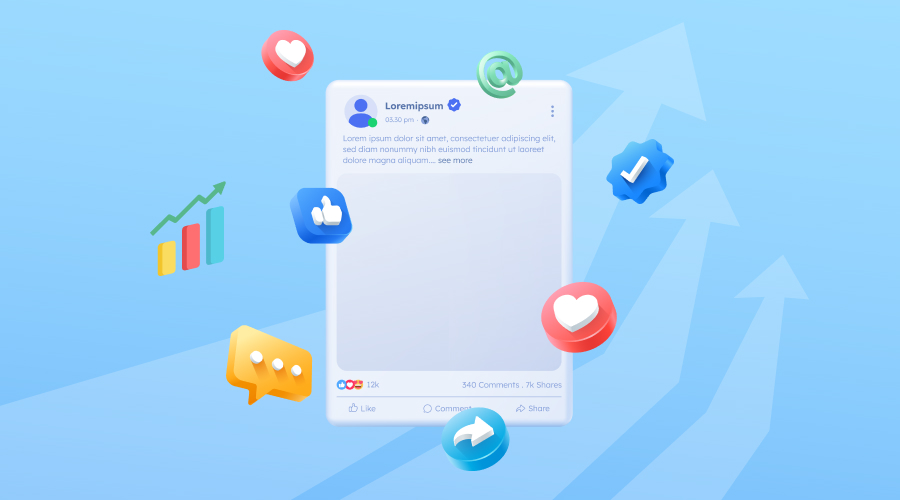Your brand’s visual identity shapes customer perceptions. This drives your business performance. Waning digital interactions, outdated design trends, and competitive disadvantages are some of the warning signs that your visuals are not doing their job. Strategic businesses rely on conversion rates, social media engagement, and brand sentiment to identify opportunities for optimization. Successful refreshes are planned in consideration of market circumstances and internal resources, with timing carefully considered. A phased redesign approach manages costs while ensuring consistent implementation across touchpoints. When executed strategically, visual identity updates revitalize customer interest, improve market positioning, and generate measurable returns on investment for growing businesses.
According to Statista, in an April 2023 online survey, 28 per cent of the responding adults in the US stated that a company should change its logo at least once every 10 years.
Many businesses hold onto outdated visuals. What worked ten years ago may no longer reflect who you are today. An old logo or dated colour scheme can send the wrong signal and slow down growth.
Updating your brand’s visual identity is the factor that changes things. Spotting the signs early and acting at the right time can strengthen brand trust. It will improve engagement and even boost revenue.
The Warning Signs
A complete redesign is, of course, not always required. But there are some strong indicators that it may well be time for refreshing your visual identity. If you keep track of them, you will be able to make timely decisions. Let us take a step further and explore these warning signals.
1. Market Position Indicators
Your brand exists in a competitive space. Industries evolve quickly. If your sector has embraced modern design trends and you haven’t, customers may question your relevance.
Falling behind visually can weaken your position. If your competitors are bright and sleek in their designs, and yours looks outdated, it’s a red flag. Make sure your visuals are in tune with your customer base. Or else you might lose connection points.
2. Internal Business Changes
Internal growth and structural changes are also important factors. A new vision from leadership often calls for a fresh identity that matches direction. Expanding services or entering new markets requires visuals that reflect your broader scope. A unified look brings together multiple entities under one voice.
3. Visual Obsolescence
Design ages quickly. What felt cutting-edge yesterday may feel outdated today. Styles change. If you are still using gradients, clip-art style logos, or effects popular five years ago, it may be time for a change.
In the current scenario, poor digital adaptability is a deal breaker. Logos that don’t scale well on apps, websites, or social feeds won’t serve today’s digital-first audience. Moreover, branding must be consistent. Inconsistency weakens recognition.
Signs that Your Visuals Need Attention
Beyond visuals, numbers reveal when your visuals are falling short. Tracking engagement, performance, and digital data helps you catch early warning signs. Here are the key metrics to keep an eye on.
1. Engagement Metrics
Engagement reflects audience response. Social media engagement is a clear tell. A 15–20% fall over six months signals waning interest. Higher-than-average bounce rates on your website suggest visuals aren’t drawing visitors in.
Email open rates also reveal a lot. A steady decline points to weakened visual and brand appeal. Then there is the brand mention sentient. Negative or neutral commentary on appearance indicates loss of appeal.
2. Business Performance Indicators
Visuals influence business outcomes more than most realise. Outdated branding can reduce customer trust and affect sales. It’s harder to attract new customers when visuals don’t impress.
Conduct brand recall studies. If fewer people remember your name unaided, your identity isn’t sticking. Also, take employees’ feedback. Your own team may notice disconnects before customers do.
3. Digital Performance Data
Online performance is the ultimate test. Less time on site suggests weak engagement. Keep an eye on your social media follower growth. If growth plateaus, visuals may no longer attract. Dropping rankings and fewer searches for your brand show lowered recognition.
Strategic Timing Considerations
Timing matters as much as execution. Acting at the right time might considerably change the future and the condition of our brand. But how will you know? Here are the best moments to act.
1. Business Cycle Alignment
Alignment refreshes with business planning for smoother rollouts. A refresh before major releases ensures consistency. However, avoid peak times. Rebrand during quieter phases. Also, keep the annual planning cycles in mind. Tie the changes into yearly budgets and strategies.
2. Market Conditions
External factors influence timing, like the economic climate. During downturns, budgets may limit changes. In growth periods, brands can invest more. Avoid launching refreshes at the same time as direct competitors. And keep an eye on industry trends. Adopting design shifts while they’re relevant keeps you competitive.
3. Internal Readiness
A refresh requires resources and alignment. If a company isn’t internally ready, it will have the opposite effect. Secure funds at least 3–6 months in advance. Ensure your team can handle design and rollout tasks. And make sure the leadership is aligned. All decision-makers must share the same vision.
Planning a Phased Redesign Approach
A structured rollout reduces risk and confusion. Breaking down the process ensures smoother execution and better results. Approach it in phases. Here is how you can break it down –
1. Phase 1: Research and Strategy (4–6 weeks)
Research adds strength to your foundation. Review your current identity, strengths, and weaknesses. Assess competitors and gather insights about your audience. Collect inputs from employees, partners, and customers. Define brand positioning and design direction.
2. Phase 2: Core Identity Development (6–8 weeks)
This phase builds your refreshed core. Redesign your logo so that it works long-term. Create a flexible logo design with multiple variations. Select colours that work across digital and print while meeting accessibility standards. Define fonts for readability. Make sure the application is consistent.
3. Phase 3: Application Design (4–6 weeks)
Once the core is ready, expand its use. Update websites, social profiles, and email templates. Apply new visuals to offices, retail, or events and redesign ads, presentations, and sales proposals. Pay attention to the print materials too. Refresh business cards, stationery, and brochures.
4. Phase 4: Implementation and Launch (6–8 weeks)
This is the final phase. Rollout is where planning meets reality. Prioritise high-visibility touchpoints first. Train employees and align them with the new identity. Plan a reveal campaign to build buzz. Track metrics and make refinements as necessary.
Budgeting and Resource Allocation
Costs vary by scope. But smart planning ensures return on investment. Small businesses often spend $5K–$15K. Enterprises may invest $50K to more than $200K.
Compare the advantages of internal vs. external resources. Agencies bring expertise, while in-house teams provide control. Many brands use a blend. Visual updates typically show results in brand recall and engagement within 6–12 months. A phased rollout helps spread expenses and manage budgets.
The Next Steps
Outdated visuals, weak metrics, and business changes all point to the need for a refresh. Review your brand identity today. Track your engagement and digital data. Collect team and customer feedback. A professional consultation can help you with all of it.
Get in touch with Knovial for expert logo and graphic design solutions tailored to your business goals. Call us at 888-833-9088 or drop an email to Info@knovial.com to get started.







